Above all else: Fortescue is the Andrew Forrest show

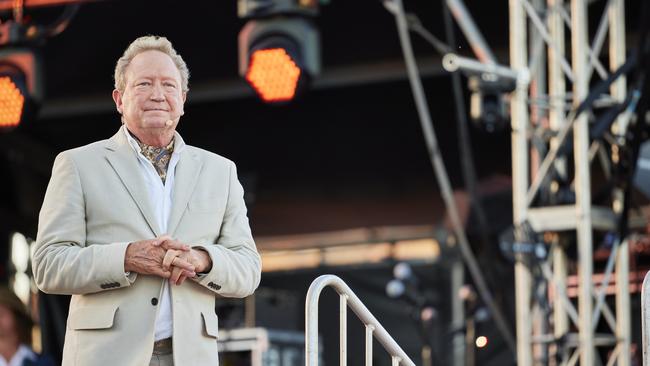
It’s just another day at Andrew Forrest’s Fortescue (ASX: FMG).
For a company that always wanted to be taken seriously, Fortescue is facing a perpetual credibility crisis.
The $60bn iron ore miner is nothing short of a shambles and not due to any external shocks like a slowing Chinese economy. Rather it is all from Forrest’s own doing.
This is going to increasingly work against Forrest as he attempts to win over governments from Washington to Canberra to support his green energy agenda.
Just one day after multibillionaire Forrest threw a lavish weekend party for more than 800 VIPs, media and guests in the Pilbara for Fortescue’s 20-year celebration, his mining company has executed yet another of its strategy and management resets. And like many before it, investors have been left none the wiser about what is really taking place inside Fortescue.
The exit of chief executive Fiona Hick represents Fortescue’s fourth mining boss in less than two years if you count Forrest’s brief return while an executive search was underway. It is also the second chief financial officer over the same period.
It is understood there was broad agreement with Forrest and Hick early last week following a round of talks between the two around ongoing suitability of the former senior Woodside executive in the CEO role. A formal decision on her exit with the board was made on Sunday.
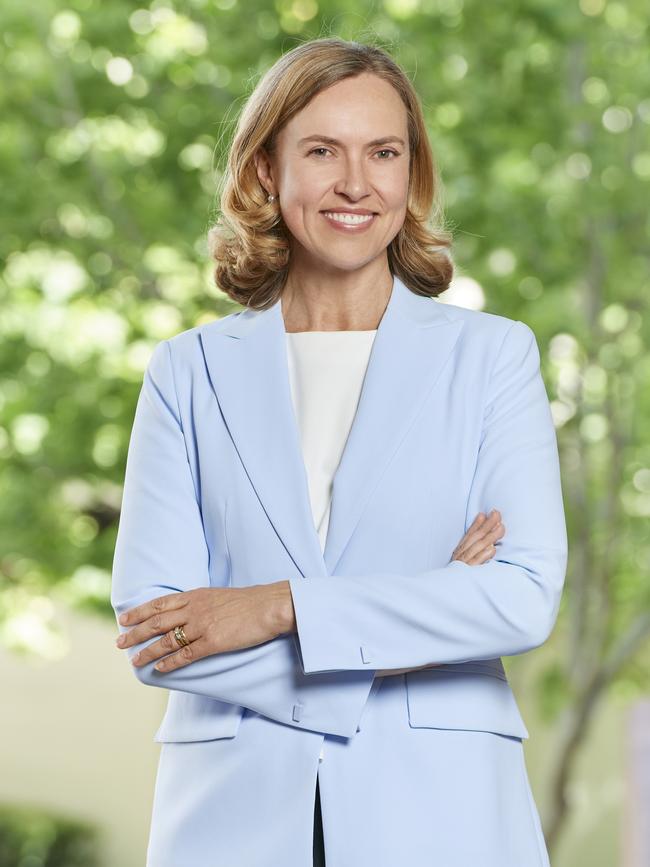
After just six months at Fortescue Hick was gone by “mutual agreement”, according ASX filings.
Fortescue’s energy boss Mark Hutchinson was left to mop up, offering only a clumsy explanation for her removal as he instead fronted analysts for what would have been Hicks’ first earnings results briefing. Hutchinson would only go as far as he respected “the decision of Fiona” while wishing her well.
Fortescue on Monday named chief operating officer and highly experienced former Vale executive Dino Otranto as new chief executive officer. With Otranto already in the company, this begs the question why Forrest had lured Hick, a career energy executive with only limited experience in hard-rock mining, away from Woodside in the first place.
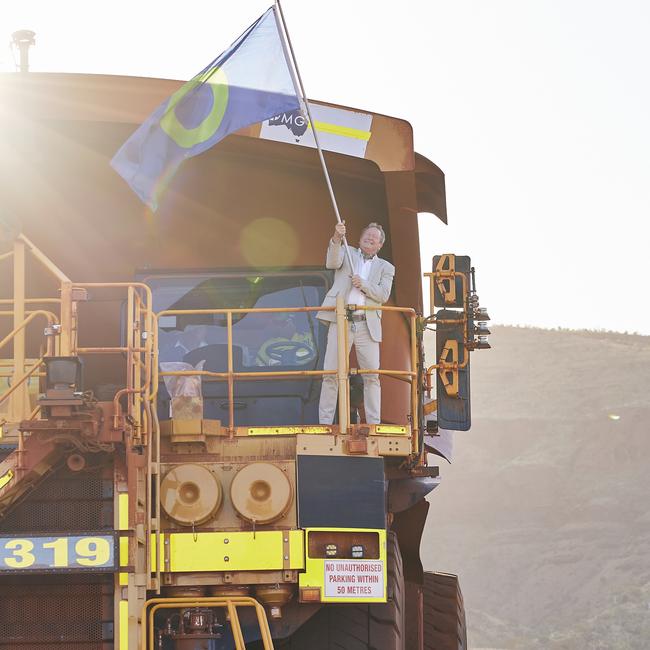
This is because Fortescue is not a normal company. Above all else, Fortescue is the Andrew Forrest show and it really doesn’t matter what happens inside the miner’s Perth headquarters.
From the cascading management turnover to an untested multi-billion global bet into green hydrogen, Forrest remains closely involved in every corner of the Fortescue empire. And whatever he says goes.
This extends to the latest shift in the energy strategy that has now seen a watering down of promised investment in the business and appears to be bending more to haul truck batteries over commercialising green hydrogen.
Significantly, no longer will 10 per cent of Fortescue’s net profit be set aside to fund Fortescue Future Industries’ ambitious slate of green hydrogen projects around the world. Instead the green projects will compete against the iron ore business for capital and will now be assessed “on their own merits,” Fortescue’s Hutchinson said on Monday. Fortescue has pushed back on suggestions it is a retreat.
“We want to make sure we get the best results for our shareholders and the capital will go where we get the best return.”
From the outside, the move looks to be designed to inject some much-needed discipline into the business that this year is set to absorb $1.2bn in cash. There are now about 1000 employees in the business, which has been promising progress this year on green energy projects from Australia to Norway.
Even so, the financing shift coincides with iron ore markets entering a rocky period with a crumbling Chinese property market causing the giant economy to rapidly slow.
A changing outlook for iron ore and higher-than-expected ongoing costs for Fortescue’s brand new Iron Bridge mine forced a $1.5bn writedown on the brand new Pilbara Iron Bridge mine. The hematite mine has been years in the making but was hit with a string of costly blowouts and ongoing delays in the development phase. Higher-than-expected cash costs since production started in May triggered the writedown and early disappointments only add to Fortescue’s credibility problems. It is any wonder Fortescue’s 22 per cent fall in annual net profit to $US4.8bn wasn’t any bigger.
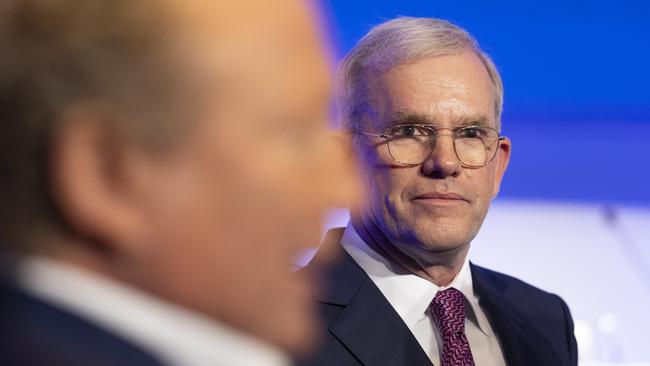
Another dimension for investors to now mull is the recent split between Forrest and his wife Nicola, whose joint exposure to Fortescue shares is around $10bn, plus another $1bn worth held solely in her name. Nicola has committed to the share holding although there is no certainty over how she plans to exert her influence.
Investors have long backed Forrest for pulling off the seemingly impossible: busting down bigger rivals BHP and Rio Tinto’s iron grip when it comes to selling iron ore to the Chinese. But they are starting to run out of patience. Fortescue is no longer a puckish start-up taking on the big boys. It is a top-10 company wedged somewhere between Wesfarmers and Macquarie. It craves long-term planning through the cycles and requires relentless focus on safety and operational certainty.
Instead Fortescue’s corporate governance under the shadow of Forrest means it runs like a racy small cap.
With Fortescue the fortunes of some 20,000 workers and millions of Australians through their super savings are now firmly tied to the Andrew Forrest show.
Swift exit
Hick had attended Saturday night’s 20th anniversary party in the Pilbara as chief executive but 24 hours later she was airbrushed from history, no longer in the published annual report or other financial documents released on Monday, except for several notes in the remuneration report that she had departed the company sometime in August.
Hick was paid $2.2m in the period up to the end of June for her six months work with no short-term bonuses paid.
She was appointed in March with great fanfare to take charge of a confusing corporate structure at Fortescue although she should have gone into the role with her eyes open that it was no normal CEO role, particularly when Forrest is the chairman.
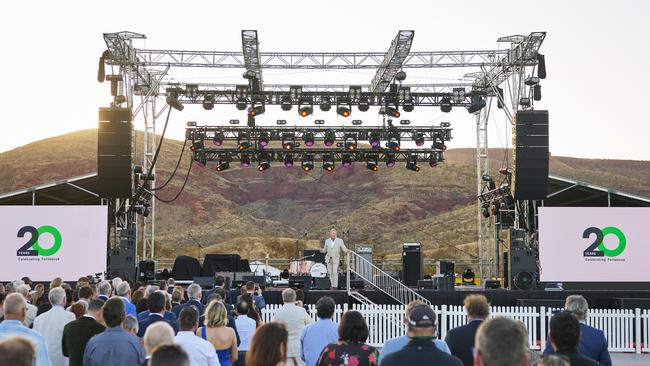
Unlike former chief executive Elizabeth Gaines who left in December 2021 but was asked to remain on the board, Hick essentially became an operational boss of the mining business while Hutchinson, a former top GE executive, was running the hugely expensive green energy start-up FFI. Both businesses had their own chief financial officers and structures, and both reported directly to the board.
Hick never really had a chance to make her mark. The start-up Fortescue Future Industries – now called Fortescue Energy – was pulling in investment dollars and driving corporate strategy without any of her input. At the same time former chief executive Gaines remaining on as a director only added to the power imbalance.
In a statement Hick said: “I have valued the experience at Fortescue and I thank the company and its people for the opportunity. I now look forward to time with family and friends while I consider my next move.”
Chairing Telstra
Telstra’s board has signed off on a surprising choice for its next chairman with former AMP boss Craig Dunn named to take over from John Mullen.
The appointment represents a step up for Dunn who is experienced as a director but yet to chair a major ASX-listed company. He also has the shadow of corporate history over him.
Dunn was chief executive of AMP leading the wealth manager’s expansion as it got caught up in a bidding war for life insurer Axa Asia Pacific against National Australia Bank. At $4.2bn, history has shown AMP clearly overpaid for Axa’s Australian and New Zealand operations and the deal failed to deliver on its promise of being a game changer for AMP.
Indeed it could be argued a complex integration and a clash of corporate cultures led to the AMP’s management and board taking their eye off the ball. Dunn left AMP in 2013 but the wealth manager imploded several years later amid a series of embarrassing revelations from the financial services royal commission around charging customers fees for no service. This led to a major management upheaval and following a string of asset sales including parts of the former Axa business, AMP is now a shadow of its former self.
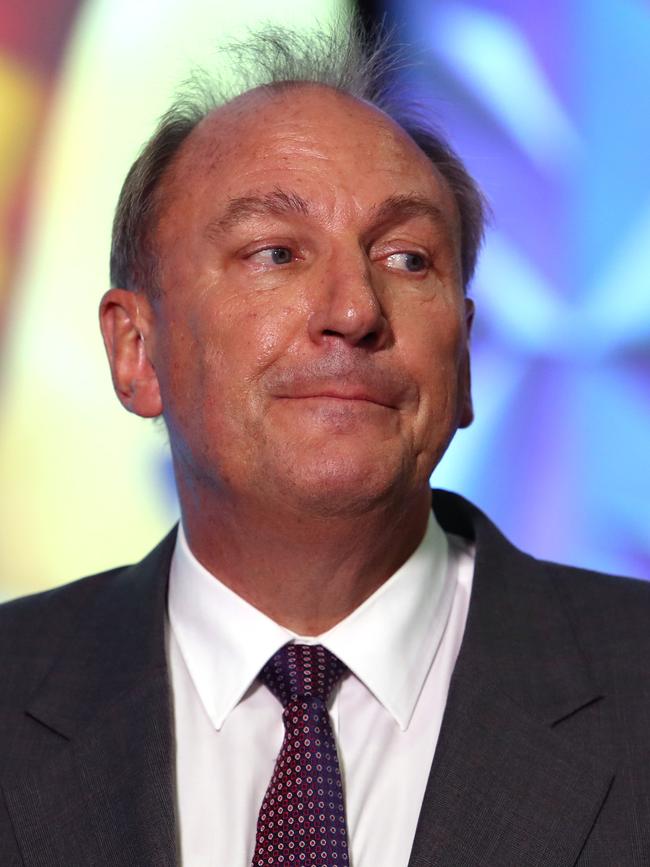
Dunn had also been a director of Westpac between 2015 and 2021, a period when the bank’s entire board rightly came under scrutiny after the lender attracted a record fine from financial crimes regulator Austrac. Dunn joined the Telstra boardroom in 2016.
Mullen, the former boss of since acquired ports and transport operator Asciano, was named chairman in 2016 and has been on the Telstra board for 15 years. He was moved almost straight into the chairman role following the $9bn buyout of Asciano. Notably he oversaw the smooth as silk CEO transition from long serving Andy Penn to Vicki Brady. Mullen also brought further stability to the telco and made the tough call to slash Telstra’s generous dividend so it could make necessary investments needed to reinvent in the face of dwindling NBN cash. This dividend decision led to many “sleepless nights” Mullen later revealed.
Penn too drove Telstra’s biggest restructure in decades, slashing thousands of jobs and untangling the business to give it new purpose.
Now a note for history, Penn was CEO of Axa when it was acquired by Dunn’s AMP. Mullen steps down at the Telstra AGM on October 17.
johnstone@theaustralian.com.au

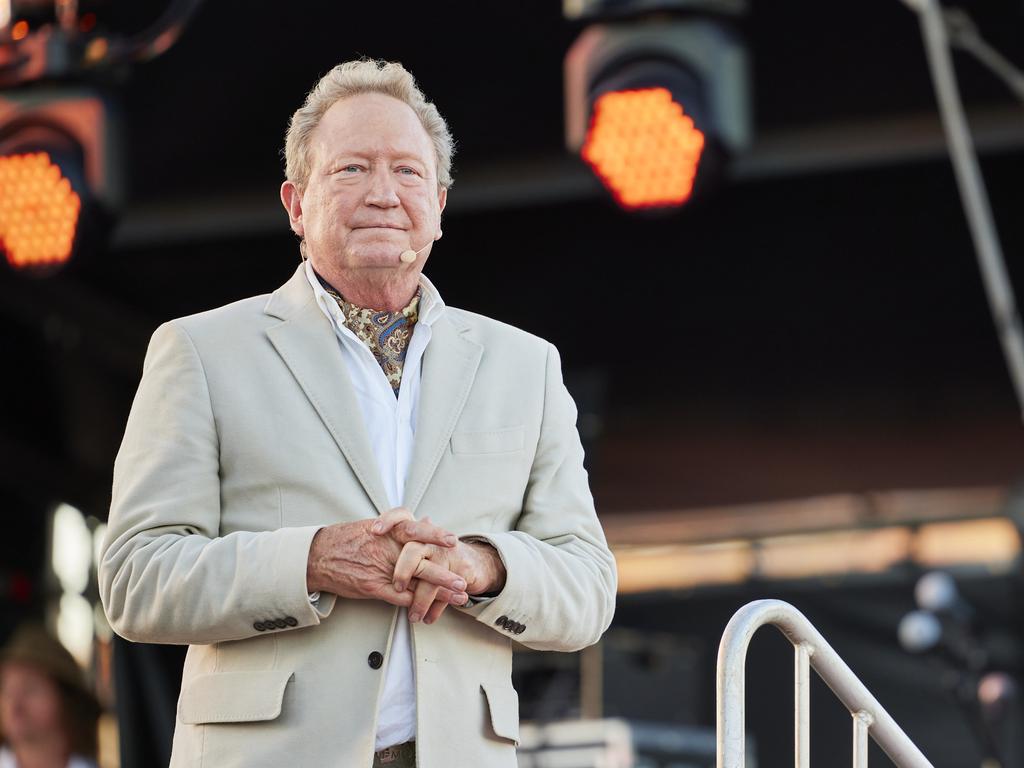


A brand new CEO suddenly punted; an embarrassing start to its new Pilbara mine; and a financial about face over a much-heralded green energy push.